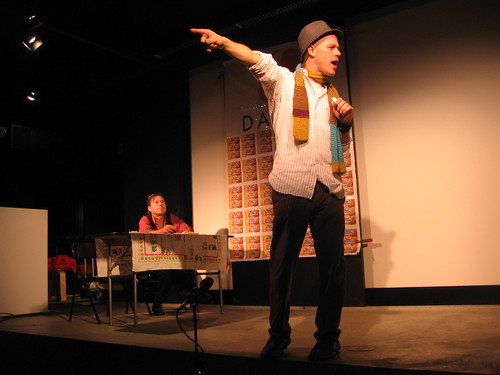
PACE as poetics is a function of poet-activist community extension. It began thousands of years ago. It begins again and again as poets engage in guerrilla street actions, sharing with strangers in public space. These acts are “guerrilla” simply because these encounters have become unconventional methods of poetic exchange. Practitioners operate outside of the larger structures of universities, reading series, and publishing houses that function as museums of poetry. If it is to be seen as resistance today, the enemy is Mediated Life, the alienation assurance company that has flooded the culture with fraudulent policies that promise smiles through spending.
Just as Pierre Joris refers to a nomad poetics as a hit & run war machine, PACE employs these strategies using improvised tools most suited for each situation.
Its architects
are limited to reactionary
responses despite their dominant claims
It is not a group of member-poets to be nominated and/or expelled by committee, but a rhizomatic process that nominates and expels continually, when community extension starts and stops. At once inside and outside. States within a state. An Asger Jorn knot, appearing as “a devil's street map”, experienced with a consistency despite twisted turns.
The poem's potential as a lo-fi economic production is what makes it an attractive form for generative community extension. While McKenzie Wark warns that “art finds itself recruited into the prototyping of fascinating consumables”, it's true that poetry is the least commodifiable of art forms. A certain American talk-poet believes this is so because poetry is like gay marriage... no one knows what it really is. That's fine. The culturally fatigued could use a little sorcery.
No comments:
Post a Comment